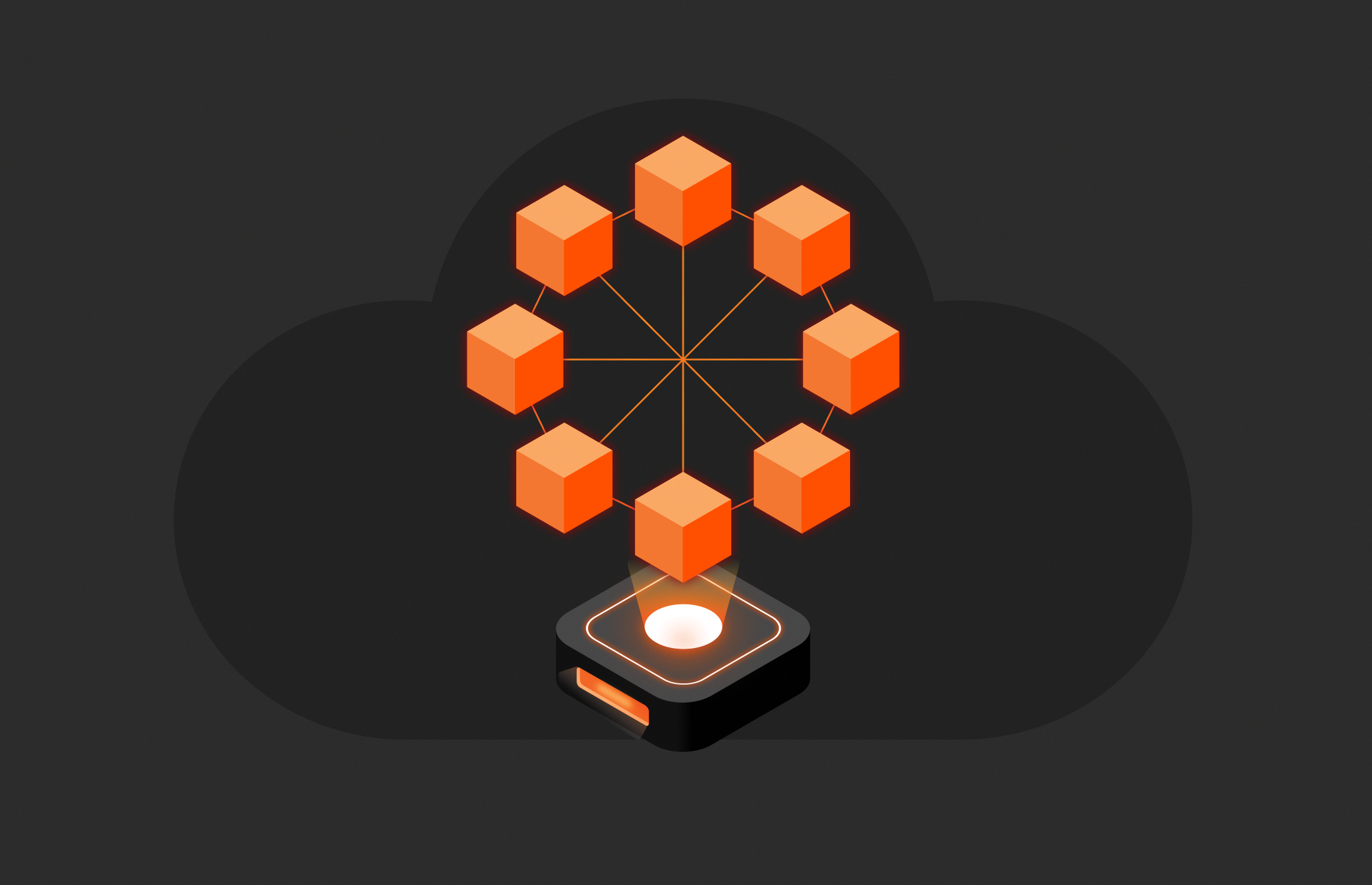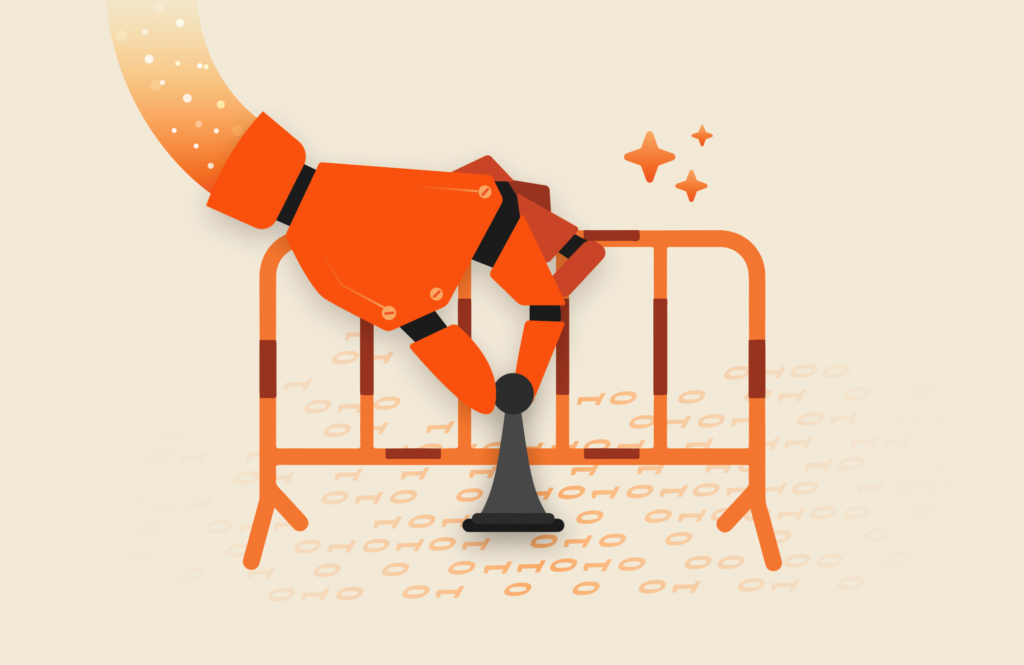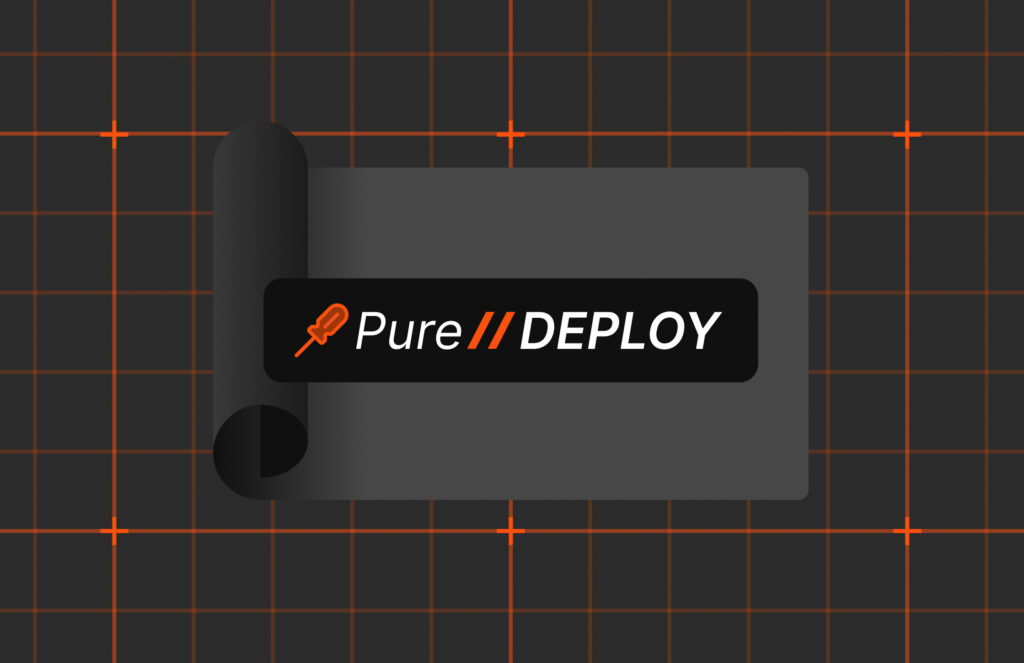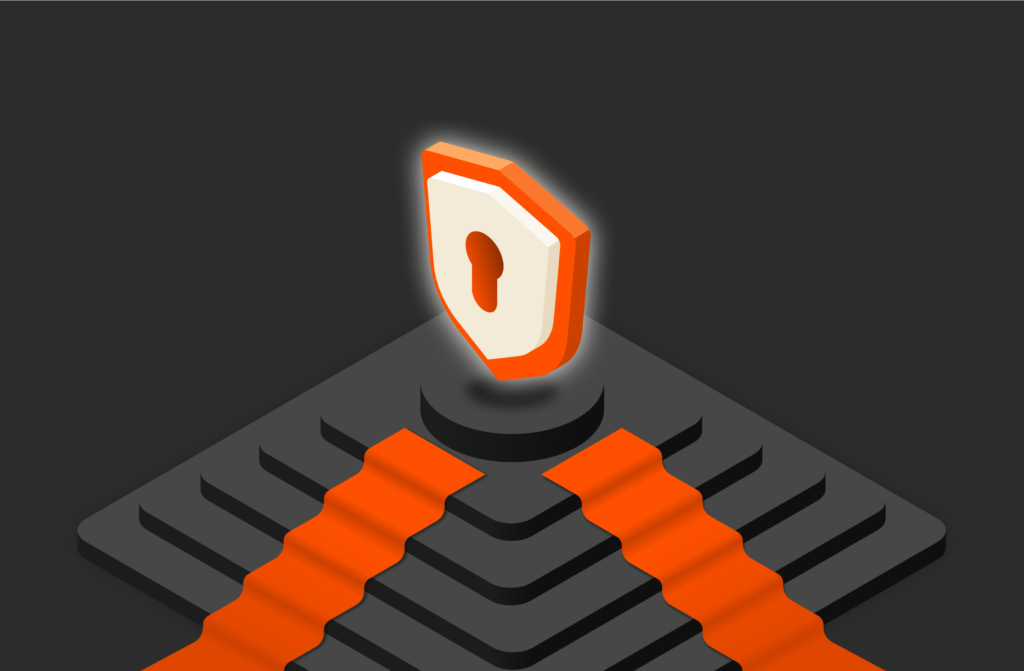We’re living in a time of constant disruption. New technology—both hardware and software—evolves every day. Change is constant.
But when big, seismic shifts occur, they get big names. “Web 3.0” isn’t just a new iteration of the web; it’s a new paradigm—for individuals and businesses. Here’s a look at the evolving tech stack shaping Web 3.0 and how (and why) enterprises can embrace it.
Web 2.0 to Web 3.0
Web 2.0 was driven by smartphones, mobile internet, e-commerce, the gig economy, and the rise of social networks. It was disruptive in how it created new business models, entirely new types of data, and an always-on, always-connected customer.
Web 3.0 is just as disruptive, but much of it is happening behind the scenes. It’s the work of brilliant developers, decentralized platforms, and community-driven, user-owned projects. It’s shifting the power dynamics of Web 2.0 and putting data back in the hands of its owners.
“Web 1.0 is a single person editing a document. Web 2.0 is a group of people editing a document. Web 3.0 is a group of people creating bits of data outside of documents.”
– Lew Daniels, Medium.com
The tech of Web 3.0 can be unfamiliar, and the barrier to entry is not low—both for individuals and for enterprises. And yet, despite their complexity, the innovations of Web 3.0 are inherently human-centric. They’re meant to give individuals more transparency, accessibility, autonomy, and control—over their data and their digital lives. This means that enterprises that adopt these technologies—on existing models or entirely new ones—will be delivering that same value to their customers.
Web 3.0 will evolve on data and data-hungry applications. Blockchain and artificial intelligence will require new skills and IT investments tokens and marketplaces require the adoption of wallets and currencies. All will require careful attention to encryption and key management.
The Tech Stack of Web 3.0
Web 3.0 technologies are reengineering corners of the web from the ground up, including many application infrastructures and decades-old processes. The emphasis is on speed, ease, transparency, and accountability. As of right now, this includes:
1. The Blockchain
Decentralization is the name of the game, with peer-to-peer networks providing distributed carbon copies of records, rather than one central owner. Read how blockchain can be implemented to modernize enterprise apps for an introduction to the concept.
The takeaway: In many use cases, by design, the blockchain can remove barriers, single points of failure, fraud, and frustration. But blockchain alone won’t guarantee immutability or decentralization. The rest of the stack layered on top of it can strengthen or nullify its core properties, like blockchain-enabled storage vs. centralized data storage.
2. Decentralized Applications
Here’s the blockchain in action, and where the ripple effects of the benefits mentioned above begin to transform industries, processes, and transactions. The heavy hitters as of right now include decentralized finance (DeFi) applications, distributed ledgers, and smart contracts and supply chains to track the exchange of assets, currency, shipments, and more.
Open source blockchain projects are powering rapid adoption here, with enterprise-grade protocols with built-in features such as oracles and APIs to bring to life real-world implementations.
3. Cryptocurrencies
Crypto is the currency of Web 3.0, leveraging the benefits of the blockchain to transform the way we transfer funds, make purchases, invest, save, and more on decentralized marketplaces and trading platforms like Voyager. In fact, there’s no cryptocurrency without blockchain. It serves as a ledger for every transaction. Like any asset, crypto is subject to theft and loss, yet early success stories demonstrate its potential.
Like the rest of Web 3.0, cryptocurrency is driven by data—which explains why it’s more likely to be stored on a thumb drive than in a vault. When leveraged for the characteristics it shares with blockchain—immutability, accessibility, transparency, and immediacy—it may be an antidote to long-standing issues like fees, middlemen, delays, fraud, and more.
4. Tokens and Non-fungible Tokens (NFTs)
Cryptotokens (or, cryptoassets) are, at their core, chunks of metadata with monetary value, created on the blockchain. And, while a token is a form of cryptocurrency, there’s more to it than monetary value alone.
An NFT is a token as well, often wrapped in a digital asset such as art or music. But the images are just the surface. NFTs are often used as equity stakes to raise funds for projects. For example, a project will “mint” its own token as native currencies, which can then be leveraged, staked, or traded on decentralized marketplaces, not unlike traditional shares. (Or limited-edition sneakers—just look at Nike’s brand-new Cryptokicks NFTs.)
Tokens can be like real-life VIP tickets, allowing users to earn rewards, gain governance rights for voting and decision-making in a project, or get “behind the paywall” access (say, to an event or in a Discord chat). While the value may be volatile, early projects are stunning examples of how much investing, equity, and wealth could be influenced by Web 3.0.
5. Unstructured, Immutable Data and Metadata
As writer Lew Daniels reports, “Web 3.0 has been described as the ‘data Web.’”
And Web 3.0 data won’t be structured, either. It will largely be unstructured data like NFTs, IoT data, social interactions, video, and more. And, if it’s created by the blockchain, which is immutable by design, that data is never going to get deleted.
Metadata is where Web 3.0 really distinguishes itself. It’s dynamic, interoperable, and nuanced. Daniels explains, “[Web 3.0 is] about data that’s connected and capable of being reassembled on demand. This reassembly of data, the reorganization of data pieces, is a crucial central element of the Web 3.0.”
If metadata and unstructured data are the lifeblood of modern applications, organizations need to be ready to store it, consolidate it, and uncomplicate it to tap its potential. For blockchain-based applications, that will mean rethinking how it’s stored—because it most likely won’t be on the blockchain itself.
Related reading: What Will Blockchain Mean for Data Storage?
6. Practical AI
Consider how far AI has come since early rumblings. It’s no longer futuristic, it’s practical and a backbone of digital business—mainly in the way of automation, augmenting human capabilities, and creating smarter search engines. It also requires massive amounts of data, requiring many to upend infrastructures just to execute with ROI.
Related Reading: 7 Steps to Get Real ROI with Practical AI
If Web 3.0 is built on connected data, AI will be key to driving those connections. Natural language processing, which translates semantic human text into structured data, will drive improved interactivity in Web 3.0 of the apps Web 2.0 pioneered. Machine learning will enable computers to produce faster and more relevant results—like those created by Nanjing University’s in-house supercomputer.
7. Virtual Reality and 3D, Immersive Experiences. (Hello, Metaverse.)
The metaverse opens up an entirely new venue to show off digital art like NFTs. In your corner of the metaverse, it will be common to display the NFTs you own in the same way you’d share art in real life. But XR experiences are also going to be big business for marketers. The metaverse and its potential for monetization is a close echo to the billion-dollar industry that is modern online gaming. Just look at “skins” in video games and the billions in revenue being generated from purchases of new clothes and tools for characters online. Corporations like Nike and Coca-Cola are doing the same with NFTs as the metaverse expands.
Be Ready to Embrace the Technology and Data of Web 3.0
Web 3.0 will evolve on data and data-hungry applications. Blockchain and artificial intelligence will require new skills and IT investments; tokens and marketplaces require the adoption of wallets and currencies. All will require careful attention to encryption and key management. And underneath it all, it will require infrastructures that can support it. Trying to adopt Web 3.0 technologies on legacy infrastructures won’t just be difficult, it could defeat the purpose.
Learn about the best-in-class data storage solution for modern, unstructured data, Pure Storage® FlashBlade® unified fast file and object (UFFO) storage. It’s an always modern, infinitely scalable solution that will ensure that no matter what you do with data in Web 3.0 and beyond, your infrastructure will be ready.

Modern Hybrid Cloud Solutions
Seamless Cloud Mobility
Unify cloud and on-premises infrastructure with a modern data platform.
Thrive in the 3.0 Era
Learn what Pure Storage can do for your organization.







